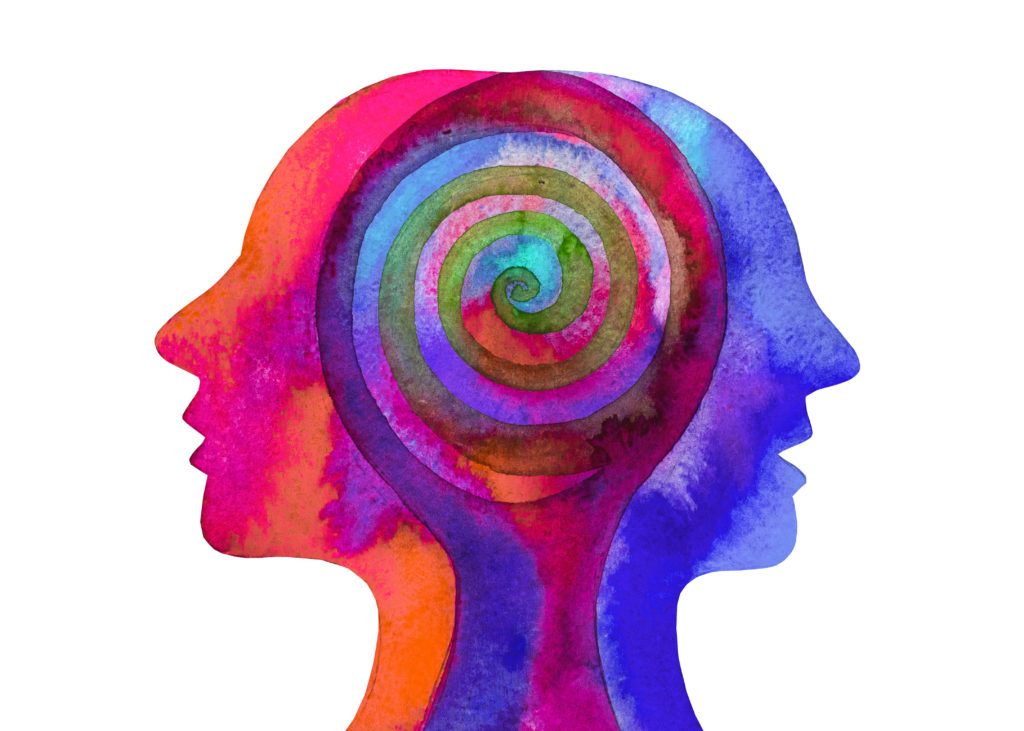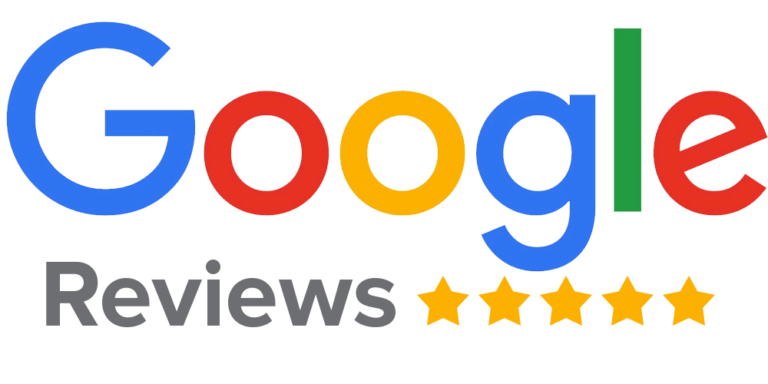Written by Bianca Baldo
Often overlooked, undervalued, and stereotyped, people with disabilities have important contributions to make in the workplace, offering diversity in perspectives and unique problem-solving abilities. In this three-part series, we seek to engage in conversations that reflect current employment trends and practices that exclude employees and leaders with disabilities from fully benefiting from meaningful employment opportunities in Canada.
Specifically, we aim to:
- Identify and acknowledge the challenges experienced and the trust required to build strong relations with a person with a disability in the workplace.
- Use a GBA+ and person-first approach to explore Ableism in the workplace, and
- Provide some best practices for working with employees and leaders with disabilities
Part 1- Education and awareness; employment of persons with disabilities.
“A Disability is not just one health problem. It is a complex phenomenon, reflecting the interaction between features of a person’s body and features of the society in which he, she, (they) lives” – World Health Organisation.
The World Health Organization describes a disability as an umbrella term covering impairments in body function or structure, activity limitations encountered by an individual in executing a task or action, and participation restrictions experienced by an individual in involvement in life situations. Representing 15% of the world’s population, people with a disability have a higher likelihood of living in poverty, experiencing poorer health outcomes and having less access to education and work opportunities than those without a disability. The New Data on Disability in Canada, 2017 covers Canadians aged 15 years and over whose everyday activities are limited because of a long-term condition or health-related problem.
22% of Canadians had at least one disability. This represents 6.2 million people. – Statistics Canada

Pain-related disabilities represent the highest percentage of disability but are often outside of the mainstream conversations. Examples of these types of disabilities include fibromyalgia, chronic fatigue, chronic pain from an injury, and other neurological conditions. Shifting awareness campaigns and employment strategies towards what the data tells us means offering clear education and awareness campaigns and policies on pain-related disabilities.
Adjusting to barrier-Free Canada; better serving employees with disabilities.
The enactment of An Act to Ensure a Barrier-free Canada (Accessible Canada Act) means that the Government of Canada and its associated federal companies must commit to working with persons with disabilities and the disability community to realize an accessible Canada. It involves working with employees with disabilities to proactively identify, remove and prevent barriers to accessibility in Canada, like the financial sector, telecommunications, transportation industries, and the Government of Canada itself.
For many people with disabilities, mitigating its impact in their personal and professional lives is a full-time job, on top of their existing employment.
Negotiating a disability in a work environment requires finding a balance between managing the symptoms, identifying potential physical and mental limitations, being open about disabilities with colleagues and clients, and creating mitigating strategies in case of flare-ups. Being an employee or leader with a disability can impact career opportunities and affect a sense of worth and self-esteem. Importantly, there are as many different types of disabilities as lived experiences, presenting challenges for many of us to understand the scope of exclusion and barriers experienced by people with disabilities.

The importance of trust and relationship-building to achieve effective communication with people with disabilities, including tailoring training, education, and support services that meet the individual literacy needs and preferences, is key to success.
Openness and trust must be encouraged in a healthy working environment that fosters inclusion and diversity for employees with disabilities. Within this context, a person with a disability needs to trust that the information shared will not be used inappropriately. The employer needs to have the opportunity to show openness, flexibility, and care for employees. These measures can be the difference between someone suffering alone in silence with a disability and a proactive mitigation plan around a disability supporting opportunity and advancement.
Why do so few businesses hire and retain employees with disabilities?
The article, Do Your D&I Efforts Include People with Disabilities? from the Harvard Business Review sadly shows different trends that:
Although 90% of companies claim to prioritize diversity initiatives, only 4% consider disabilities as a crucial component of these initiatives, according to a report from the Return on Disability Group. And only a small subset truly serves customers with disabilities. – Harvard Business Review
These findings highlight that despite the continuous work of many rights-based advocates and forward-thinking companies, the integration and support of people with disabilities remain low. Unfortunately, the meaning of words, such as “abled” versus “disabled,” are linked to personal and social stigmas relating to value, worth, and productivity. As a society, we are still learning how to adapt to the person-first language; we struggle to understand the meaning of being a person with a disability or disabling condition, or diverse abilities. Diverse abilities mean that people’s abilities are varied, and the different abilities all have value. I cannot claim to have the full answer to the question of why it remains so challenging to integrate disability issues in DEI efforts; what remains clear is the continued need for discussion around it, specifically “Nothing about us without us!”
I have seen many examples of persons with a disability or diverse-ability in my work. Some describe it as a source of frustration and while others stress it as a vehicle for social change. In some ways, it can limit participation in social and work activities. In other ways, people with disabilities will tend to support each other. As a person suffering from a disability, this has been both an asset and a barrier to my success. Like most people, the decision to share information about a disability is not taken lightly. Disclosing information about a disability to a potential employer can provoke shifts in perception relating to capacity to meet employment requirements, lost opportunities, harassment, and termination of employment.
If this article made you want to learn more, please come check out Part 2 & Part 3 of the series.


